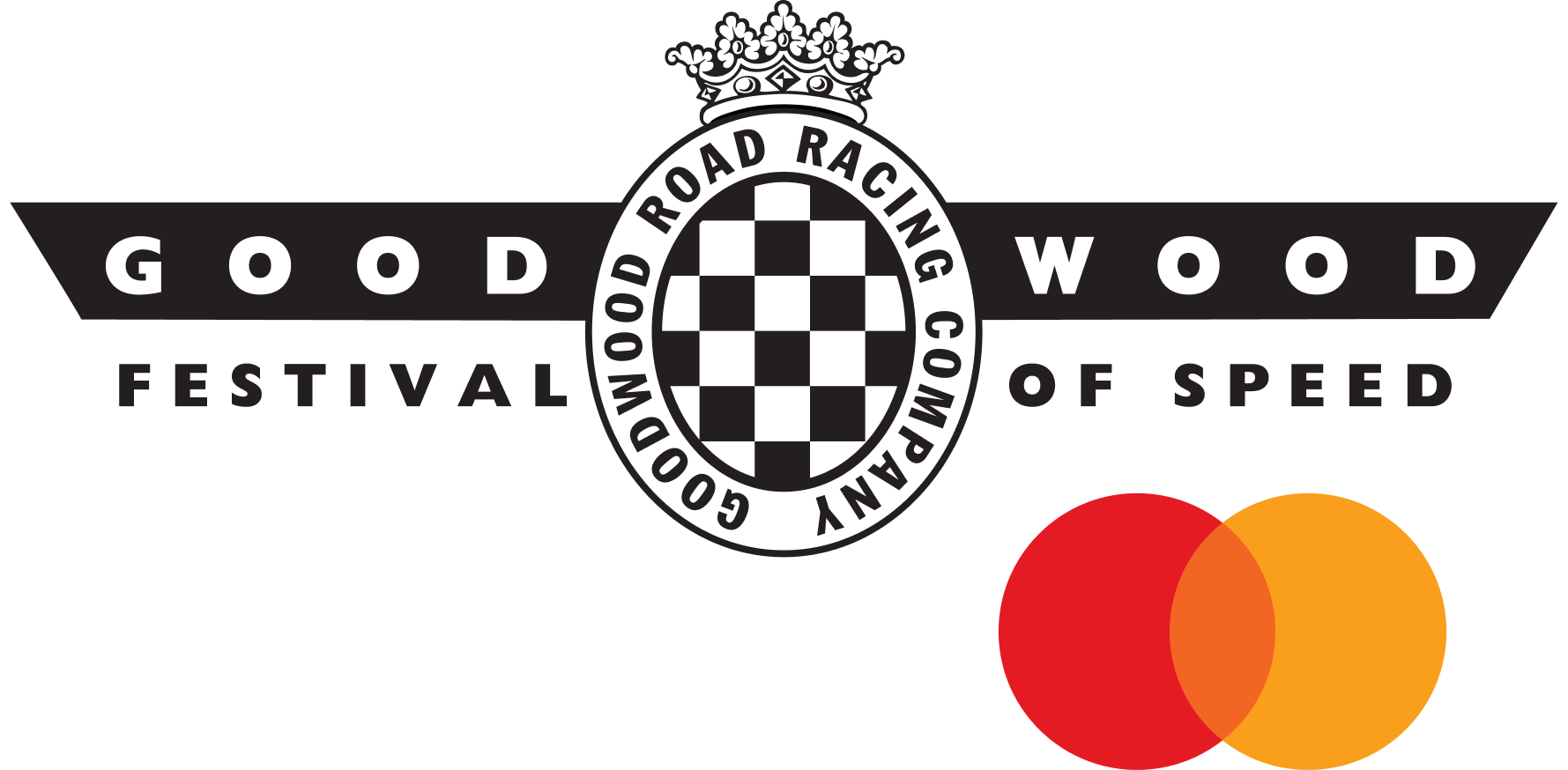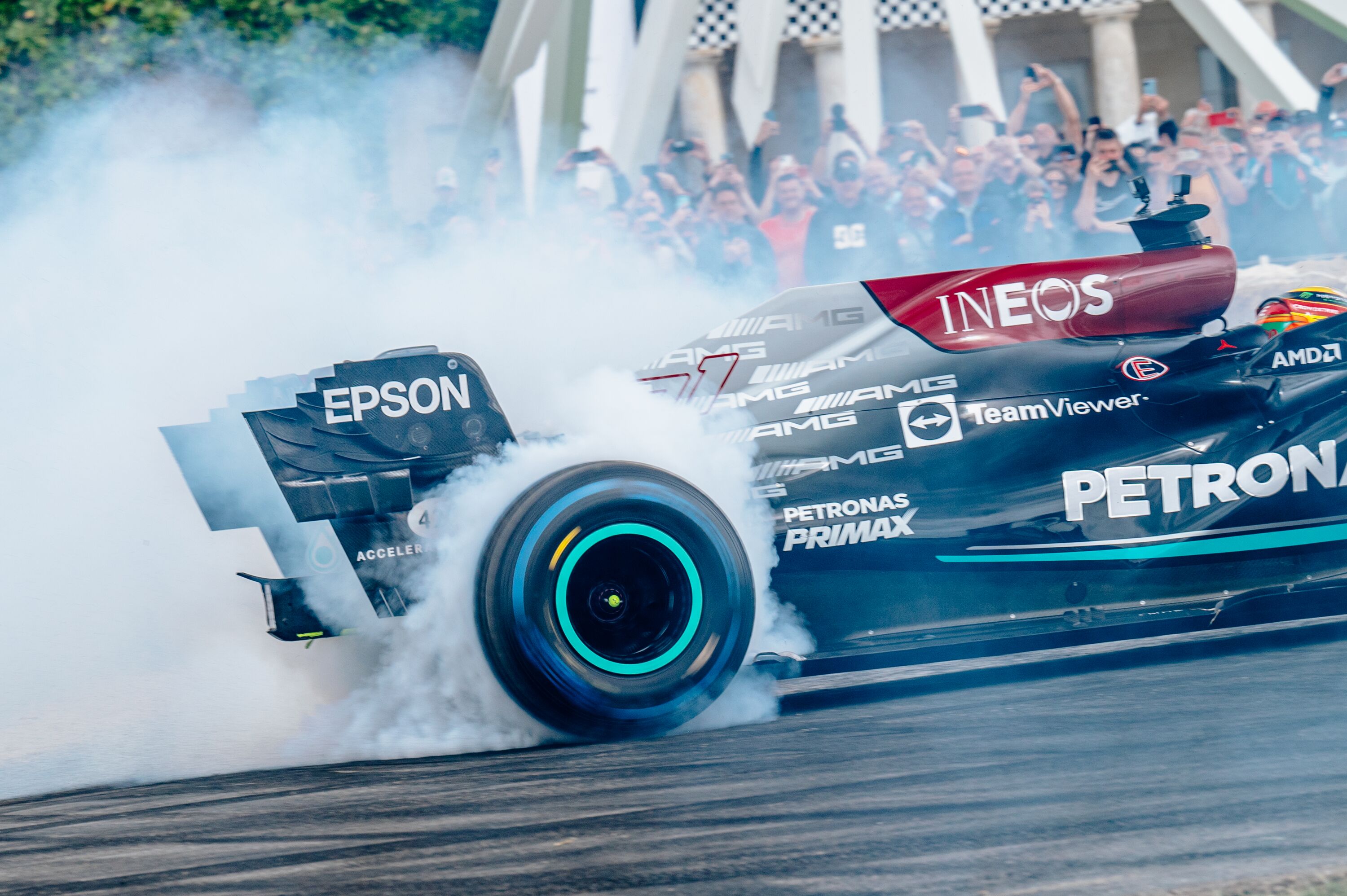The significance of Monaco 1969 | Thank Frankel it's Friday
 Andrew Frankel
Andrew Frankel
A pity as it is for the Emilia-Romagna Grand Prix to be called off this weekend – given the weather the organisers really had very little choice in the matter – I for one will be looking forward to Monaco next weekend with my breath more than usually bated.

If I’m honest, the modern Monaco Grand Prix is one I can take or leave, and the only event on the calendar where qualifying is almost invariably more exciting than the race itself. But this year I shall be firmly parking my reservations to one side because, if everything works out, I shall be there. I’ve attended the Monaco Historic Grand Prix, and even raced on the world’s most famous street circuit, but I have never been a spectator at the GP itself. To my mild surprise, I find I am pathetically excited.
But which has been the greatest Monaco GP to date? There’s no shortage of candidates because it all depends on how you read that word ‘greatest’: I expect many would plump for Stirling’s performance there in 1961, some for Patrese’s shock victory in 1982 after seemingly half the field led the race. What about 1970 when a 44-year-old Jack Brabham threw away victory by binning his car on the last lap or Lewis in the wet in 2008 showing maturity worthy of the World Champion he was yet to be, Olivier Panis’ freak win in 1996 or Mansell vs Senna in 1992? There’s no shortage of options.
For me however, it will always be 1969, despite the fact that none of the searches I did for ‘greatest Monaco GP’ flagged it up, probably because one person led it without significant challenge for the vast majority of the event. Allow me to explain.
This was the fifth and final win in the Principality for Mr Monaco himself, Graham Hill. It was remarkable he was there at all as just a fortnight earlier at Montjuich Park in Spain the high mounted rear wing of his Lotus 49B had failed at speed, pitching him into an accident that left wreckage strewn over a 200 yard stretch of track. Ten laps later his team-mate Jochen Rindt suffered precisely the same fate in the same place but with the added hazard of the wreckage of Hill’s car parked at the side of the track, which he duly hit, launched into the air and landed upside down. The resulting crushed cheekbone and hairline skull fracture was regarded as a lucky escape.

From somewhere – actually, the cars that had competed over the winter in the Tasman Series down under – two more 49Bs were found for Monaco and with Rindt still on the sick list, Richard Attwood who’d come second and set the fastest lap here the previous year, was drafted onto the strength as Hill’s team-mate.
So here is the first point of significance of the 1969 race: it was the event where wings on stilts were banned for good. Oddly enough having practised with them on Thursday before they were outlawed, the cars actually ended up going quicker withouts. This was a time of immense change in F1, not just aerodynamically but also in tyre technology and lap times were tumbling, Jackie Stewart claiming the pole in 1min 24.6sec, a barely believable 3.6sec faster than Hill’s pole time from the previous year. And if you think that was just JYS doing his thing, consider that three quarters of the cars on the grid beat the previous year’s pole time.
Where was Hill? Back in fourth place, the quickest Lotus but that was only to be expected as Jo Siffert’s was a private entry and Attwood had never raced a 49B before. Hill was of course the reigning World Champion but so too was he in his twelfth season in Formula 1, had celebrated his 40th birthday earlier that year and of all the drivers on the grid only Jack Brabham was older. The chances of adding to his unrivalled tally of four Monaco GP victories seemed implausible at least.
Soon after the start it appeared nearer impossible. Jackie streaked off into an unassailable lead, pursued in vain by Chris Amon’s Ferrari with Hill third. Within a very short period of time, Stewart was so far ahead he was signalled to adopt cruise and collect mode.
But back then Monaco with its thousand gearchanges, transmission-busting bumps and merciless barriers was often a war of attrition, and so it proved this time. John Surtees’s gearbox blew causing him to collide with Brabham, Pedro Rodriguez’s engine packed up, Jackie Oliver hit a wall, Amon lost his differential, while Silvio Moser, Jean-Pierre Beltoise and, yes, Jackie Stewart, all succumbed to universal joint failure, and all of this by lap 22 out of 80. That meant that for almost three quarters of the race, just eight cars remained, reducing to seven when the rear suspension of Ickx’s Brabham quit at half distance. And Graham Hill was leading.

From lap 23 onwards and with all threats removed, Hill just did what he always did best, lapping Monaco calmly, and consistently, preserving the machinery and making no mistakes. An unprecedented fifth Monaco win was his. Even at the time it must have seemed a momentous day, if not the greatest of motor races. So why do I now consider it to be right up there? Because of all the stuff that could not have been known about that race, even as Graham received his trophy from Prince Rainier and Princess Grace.
Few would have predicted, for example, that would be the last of Graham Hill’s 14 Grand Prix victories, an even smaller number that he would never stand on a podium in an F1 race again, despite continuing to compete until 1975. Who could have foreseen the sad irony that it would also be at Monaco in 1975 that his F1 career would end with the humiliating failure of not even being able to qualify for the race?
Yet there is one more reason to remember Monaco ’69, beyond the banning of the wings, the final F1 triumph of Graham Hill and the top trivia answer that it was the first Formula 1 race won by a driver wearing a full-face helmet.
Let us therefore focus our attention on a car at the other end of the grid, the car that came last. It was a Cooper-Maserati entered by a team called Antique Automobiles and driven by Vic Elford. The car was so slow even a talent such as Vic’s could not qualify it within eight seconds of the pole. In the end, he did well to keep out of everyone’s way and by the finish it had been lapped six times. So what possible interest lies here? Only this: it was the last time a Cooper would contest a World Championship Grand Prix, and the last for any car powered by a Maserati engine too. On paper Monaco 1969 looked like just another race, in reality, it was one of the more significant events in the history of our sport.
Images courtesy of Motorsport Images
Monaco Grand Prix
F1 1969
Formula 1
Graham Hill
Jackie Stewart
Thank Frankel it's Friday





